Rising Incidence of Diabetes
The increasing prevalence of diabetes in the GCC region is a primary driver for the diabetic ulcer-treatment market. According to health statistics, the number of individuals diagnosed with diabetes has surged, with estimates suggesting that approximately 20% of the adult population in some GCC countries is affected. This rise in diabetes correlates with a higher incidence of diabetic ulcers, necessitating effective treatment options. As healthcare systems respond to this growing challenge, investments in advanced treatment modalities and wound care products are likely to increase. The diabetic ulcer-treatment market is thus positioned for growth, as healthcare providers seek to address the needs of this expanding patient demographic.
Aging Population and Comorbidities
The aging population in the GCC is contributing to the growth of the diabetic ulcer-treatment market. As individuals age, the likelihood of developing diabetes and related complications, such as diabetic ulcers, increases. Additionally, the presence of comorbidities, such as hypertension and cardiovascular diseases, further complicates diabetes management. This demographic shift is prompting healthcare systems to focus on comprehensive treatment strategies for older patients. Consequently, the diabetic ulcer-treatment market is likely to expand as healthcare providers seek to address the unique needs of this population, leading to increased demand for specialized treatment options.
Government Initiatives and Funding
Government initiatives aimed at improving healthcare infrastructure and funding for diabetes management programs are significantly influencing the diabetic ulcer-treatment market. In the GCC, various health ministries have launched campaigns to raise awareness about diabetes and its complications, including diabetic ulcers. These initiatives often come with increased funding for research and development of new treatment options. For instance, the allocation of millions of dollars towards diabetes care has been reported, which directly impacts the availability and accessibility of treatment solutions. Consequently, the diabetic ulcer-treatment market is expected to benefit from enhanced resources and support, fostering innovation and improving patient outcomes.
Advancements in Wound Care Technology
Technological advancements in wound care are playing a pivotal role in shaping the diabetic ulcer-treatment market. Innovations such as bioengineered skin substitutes, advanced dressings, and negative pressure wound therapy are becoming increasingly available in the GCC. These technologies not only enhance healing rates but also improve patient comfort and reduce the overall cost of care. The market is witnessing a shift towards more sophisticated treatment options that leverage these advancements. As healthcare providers adopt these new technologies, the diabetic ulcer-treatment market is expected to experience significant growth, driven by the demand for effective and efficient treatment solutions.
Growing Awareness of Diabetic Complications
There is a notable increase in awareness regarding the complications associated with diabetes, particularly diabetic ulcers, which is driving the diabetic ulcer-treatment market. Educational campaigns and community outreach programs have been implemented across the GCC to inform patients and healthcare providers about the risks of untreated diabetic ulcers. This heightened awareness is leading to earlier diagnosis and treatment, which is crucial for preventing severe complications. As a result, the demand for effective treatment options is likely to rise, prompting manufacturers to innovate and expand their product offerings in the diabetic ulcer-treatment market.


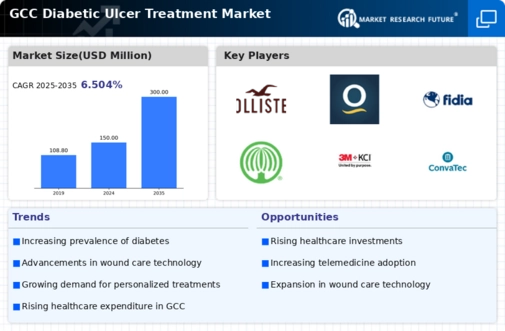
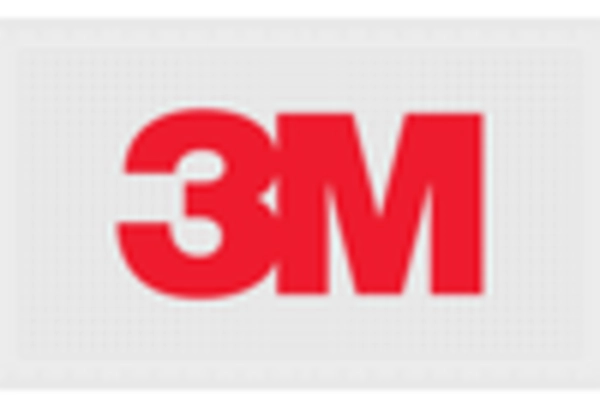
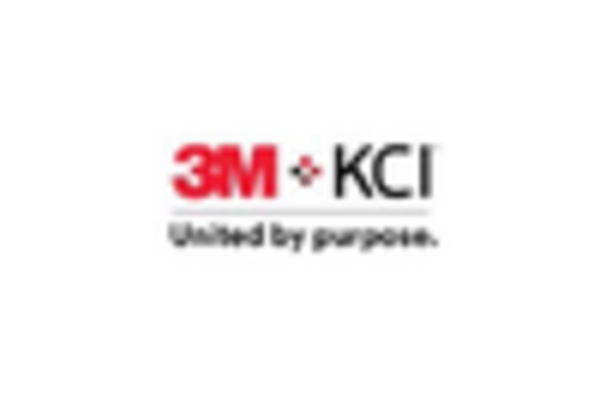
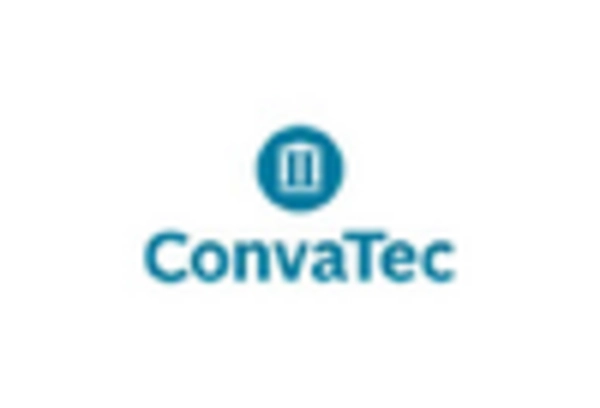


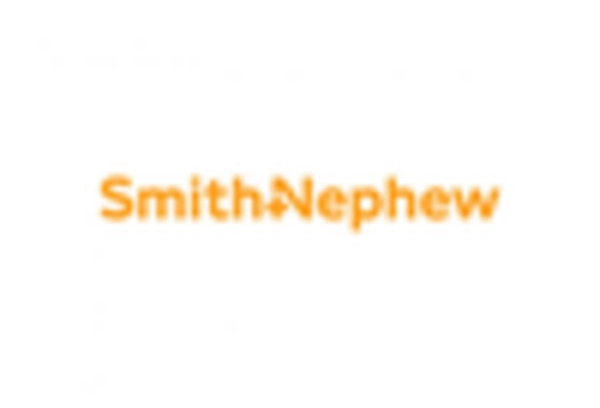








Leave a Comment